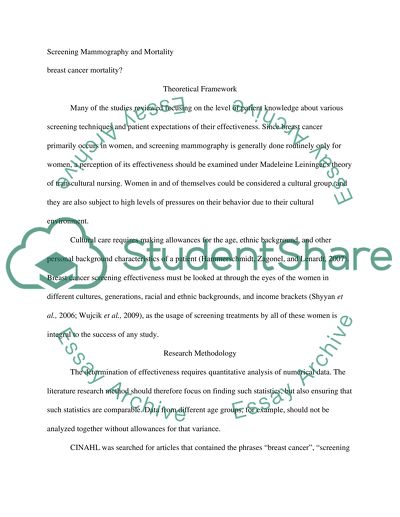Cite this document
(“Effect of screening mammography on breast cancer Research Paper”, n.d.)
Retrieved from https://studentshare.org/family-consumer-science/1406312-effect-of-screening-mammography-on-breast-cancer
Retrieved from https://studentshare.org/family-consumer-science/1406312-effect-of-screening-mammography-on-breast-cancer
(Effect of Screening Mammography on Breast Cancer Research Paper)
https://studentshare.org/family-consumer-science/1406312-effect-of-screening-mammography-on-breast-cancer.
https://studentshare.org/family-consumer-science/1406312-effect-of-screening-mammography-on-breast-cancer.
“Effect of Screening Mammography on Breast Cancer Research Paper”, n.d. https://studentshare.org/family-consumer-science/1406312-effect-of-screening-mammography-on-breast-cancer.


